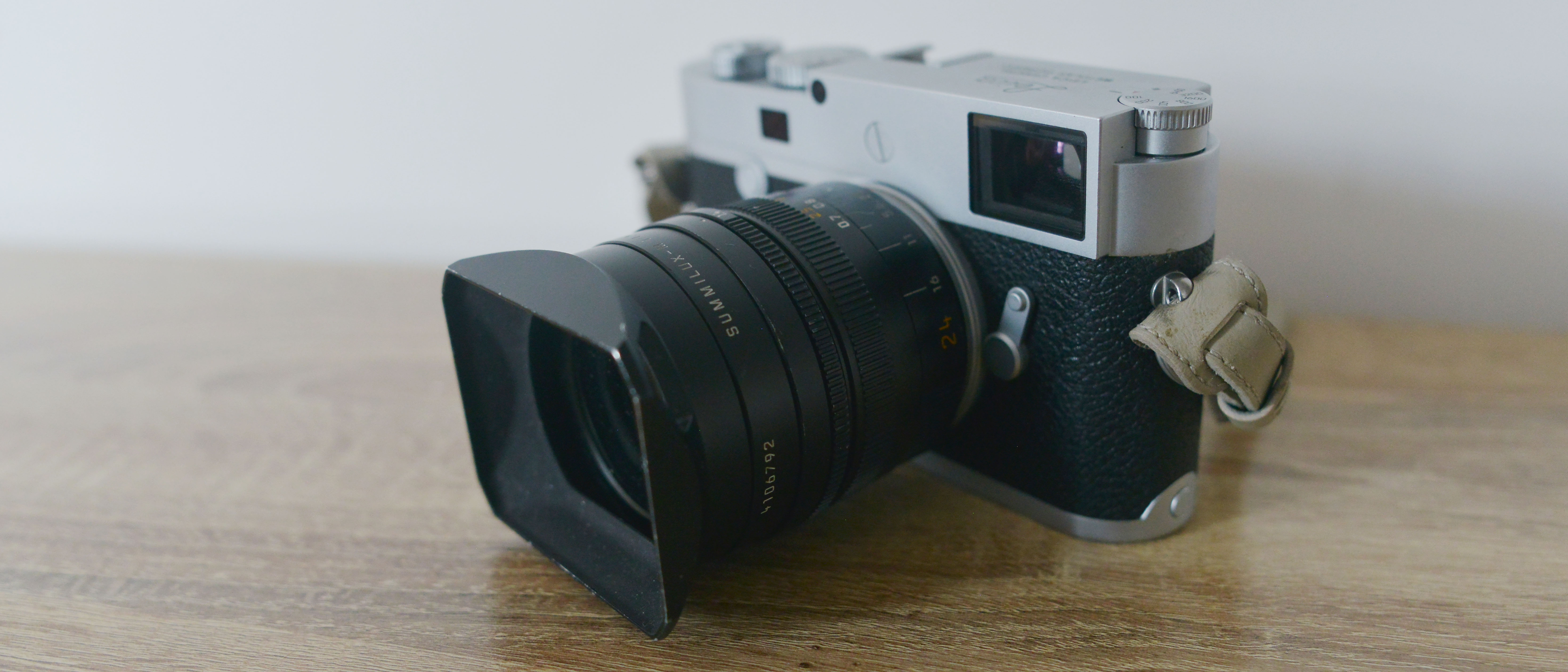Digital Camera World Verdict
If you’re looking for the ultimate 24mm lens to fix onto your Leica, then this lens is the one. It is built like a tank with only the best materials used, and functions as expected from Germany-engineering. It will cost you a fortune to own such a legend of a lens, however it's definitely your one lens to rule them all. It is a wise investment if you can find it in stock – a lens like this carries a lot of prestige with photographers around the world and if they own one they hold on to it, or if they find it, it's never in stock for long.
Pros
- +
Ultra-sharp images
- +
Amazing build quality
- +
Zero distortion
Cons
- -
Very expensive
- -
Limited stock
- -
External viewfinder is needed
- -
Why you can trust Digital Camera World
The Leica 24mm Summilux-M f/1.4 is a lens with a legendary status held by some of the masters of photography within the photographic community. But does this lens live up to all the hype and glory? Let's find out!
Leica 24mm Summilux-M f/1.4 ASPH Specifications
Mount: Leica M-mount
Lens construction:
Angle of view: 84°
Minimum aperture: f/1.4
Minimum focusing distance:
Maximum reproduction ratio: 1:25
Filter size: Series 7 - optional 14479 adapter in place of hood: 72mm.
Dimensions: 61 x 75.6 x 58.5mm
Weight: 500g
Leica 24mm Summilux-M f/1.4 ASPH Key features

The Leica Summilux-M 24mm f/1.4 ASPH. is a rather hefty lens, weighing in at 16.5oz / 468g, it features 10 elements in 8 groups and 1 aspherical surface , the first surface in the last group. Unlike other popular Leica lenses, the only colorway is the Black anodized finish which can pick up scratches and marks over time as you use the lens.
Leica states that this lens takes photojournalism to a new level, and while that might be the case 24mm has only been in the Leica lens portfolio since 1998, and this Summilux-M from 2008, so this is quite a “new” lens for Leica. It is designed to correct vignetting and distortion to be able to use this lens for all types of photography, including photojournalism.
What's the best Leica camera?
It features a fast and bright f/1.4 aperture, and can be stopped down to f/16. Across the lens barrels you will see the usual Leica aperture and focal length indicators, white for aperture, orange for feet and white again for meters, along with white zone marking for zone focusing
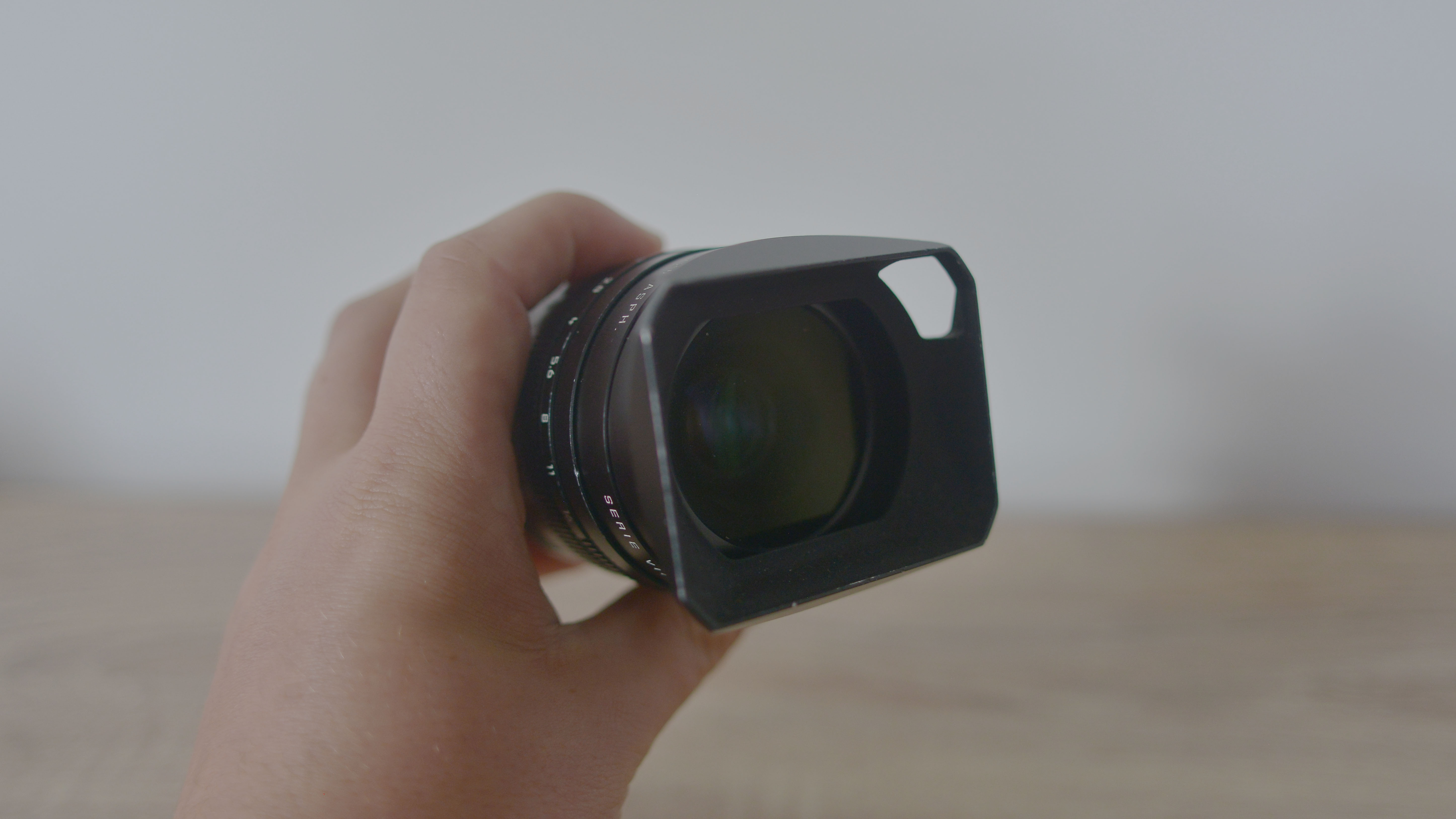
Leica 24mm Summilux-M f/1.4 ASPH Performance
Like any premium lens from Leica the 24mm Summilux-M f/1.ASPH feels phenomenal in the hands, built like a tank with German-engineering at its heart, it’s no wonder this lens is wanted and respected by photographers from all over the world. Even its rectangular lens hood is made of a single piece of aluminum that is so precise that it always stops perfectly aligned and will never fall off, this is when you truly see the thought process and mantra of Leica, everything goes beyond perfection.
Surprisingly, this lens is rather girthy to hold. Images do not do it any justice, and in fact make it look slimmer than it really is. I would say I have rather average-sized hands and even though I don't struggling to handhold by any means, I do recognize the width of the lens as a whole.
This might be down to the fact this lens does not feature the Leica famous focus tab on the focus ring, instead it features a perfectly flat design with gnarled grip to allow you to gain focus. This is quite a normal occurrence on any lens from any other manufacturer, but for Leica this is a rather odd move, when you consider how cumbersome the lens is when mounted to a camera, this is a feature is shares with the ultra-wide 21mm Summilux-M f/1.4 ASPH – yet everything single wide-angle Leica lens apart from the 21mm and 24mm all feature a focus tab for more precise and quicker focus pulling.
Why the focus tab is not present on the 24mm is a mystery and I did notice it not being there, which in turn meant that it took me longer to nail my manual focus. However, a lot of the time Leica photographers use zone focusing to nail focus on their images, zone focusing is when you set your lens to a desired aperture, let’s say f/8 for a sunny day and everything within that field of view is in focus.
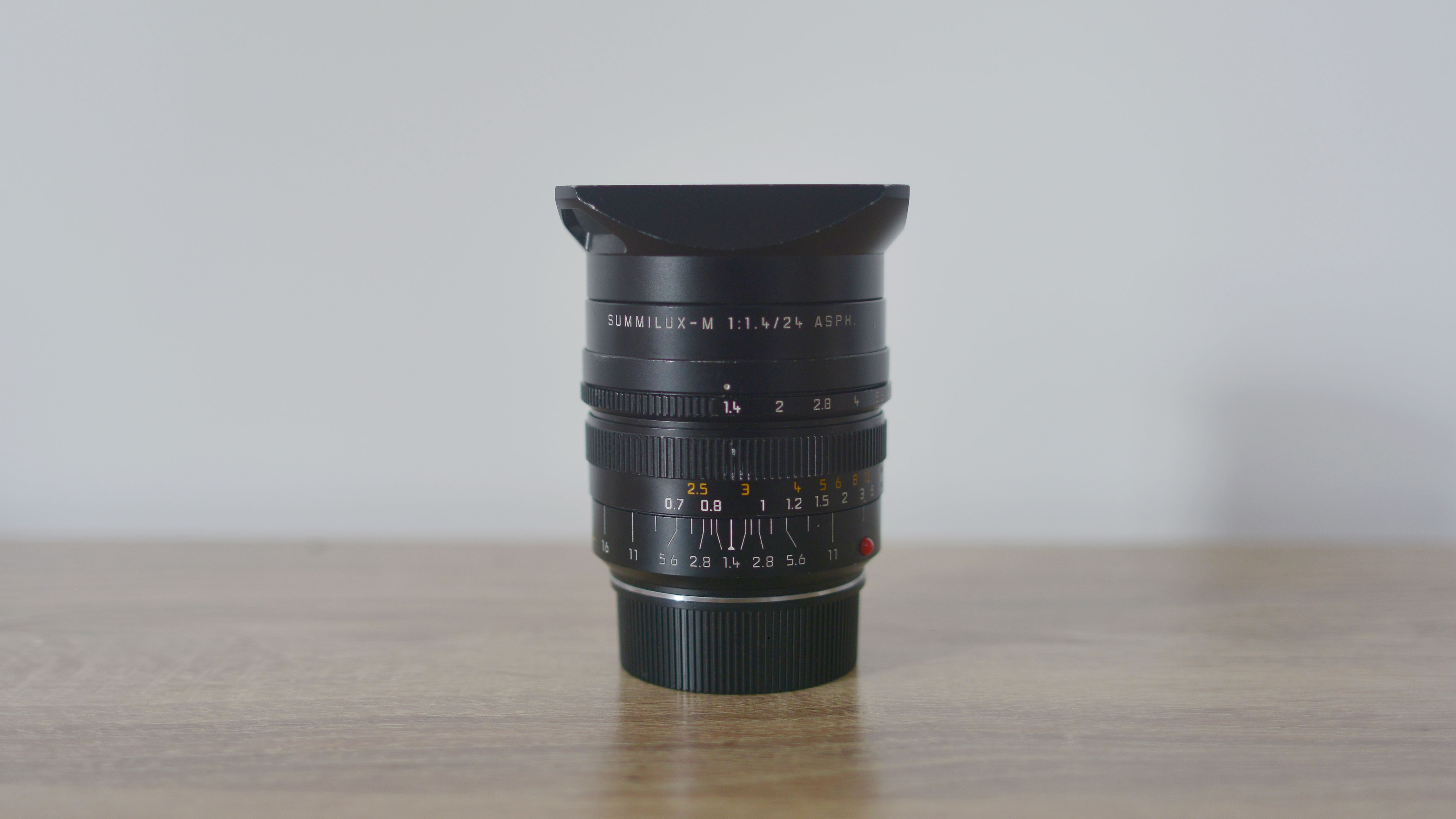
For instance, if you set the Leica 24mm Summilux-M f/1.4 at f/8 you can align the focus to capture everything between 1 meter all the way to infinity, with the sweet spot being around 2 or 3 meters away from you. This is perfect when you are out shooting street photography in a busy environment and you want to capture the action as soon as it happens, in turn turning your camera into a rather expensive but versatile point and shoot camera. This is how I shoot most of the time so the fact a focus tab isn't on the 24mm is not a big issue, but even I missed it and seems like a forgotten afterthought.
However, for those that critical focus all the time you will be pleased to hear that the focus throw on the 24mm Summilux is next to nothing, a simple quarter turn can take you from 2.5 feet, or 0.7 meters all the way to infinity, so in practical terms the 24mm is a very fast lens to focus – I’m just thrown off by the absent focus tab.
Obviously this lens wide open at f/1.4 lets in a tremendous amount of light and is the perfect lens for dimly or next to no light situations, perfect for those that like to shoot street in all locations and at all times of the day, even at night. I found the lens to be sharp wide-open, however, the sweet spot really is between f/2 for low-light shooting and f/8 for when the sun is at its highest in the day. Overall the lens produces some fantastic images that I am really pleased with. However, taking images with the 24mm can be an issue to some or a challenge they are willing to accept.
Every camera Leica has been made or is making to this day does not feature a 24mm frame lines within the rangefinder, therefore you either have to do a lot of guesswork to compose an image how you want or if you camera is able, use the live view function to correctly compose your image. This style of shooting might not be the preferred method for some hardcore rangefinder users, but can really help others getting used to the system.
No matter which way you look at it you will either have to use live view, guesswork the framing in the rangefinder, or invest in a Visoflex EVF or an old-school style external viewfinder with the 24mm frame lines - those are 4 solid options and some can cost you a bit more than others, but if you are buying this very expensive lens as your one lens to rule them all investment, learning how to frame your shot or buying an extra piece of equipment to compose your frame correctly is never a bad thing - only an additional cost, which some will thrown about, while others will accept.
When paired with a Leica M10-P the 24mm Summilux-M f/1.4 is very well balanced in the hand, due to its hefty weight, but once around your neck or over your shoulder you will realize how front heavy this lens really is. This is only a minor inconvenience for the images that it can produce, but if you're a photographer that like to keep the camera around your neck all day, you will feel it by the end of the day. Likewise, if you the type of shooter to wrap the strap around your hand and one-hand your camera, the lens is heavy and you will notice it. I feel this lens is more suited to two-handed operation than a quick flick here and there to grab a photo.
Sample images: Leica 24mm Summilux-M f/1.4 ASPH

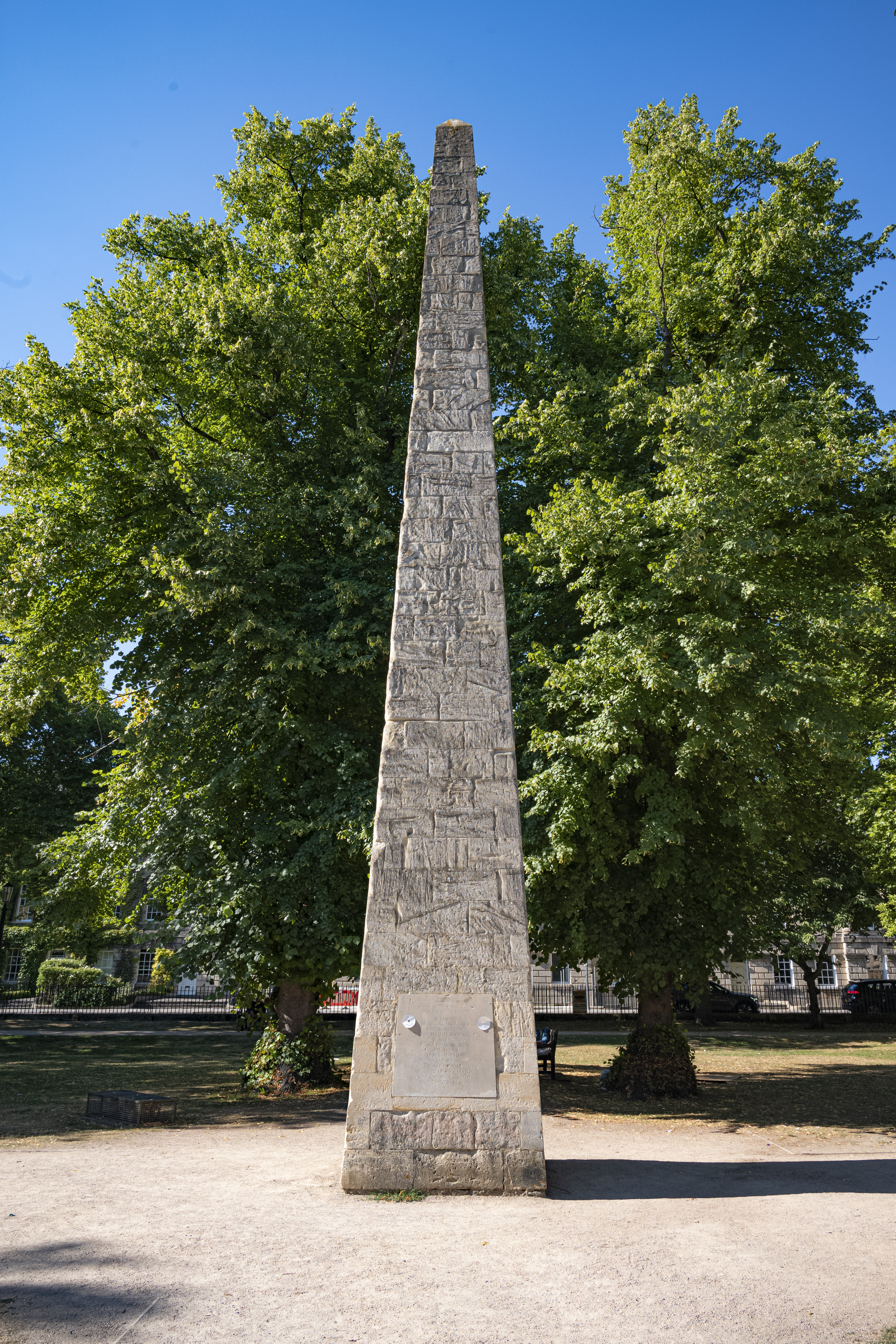
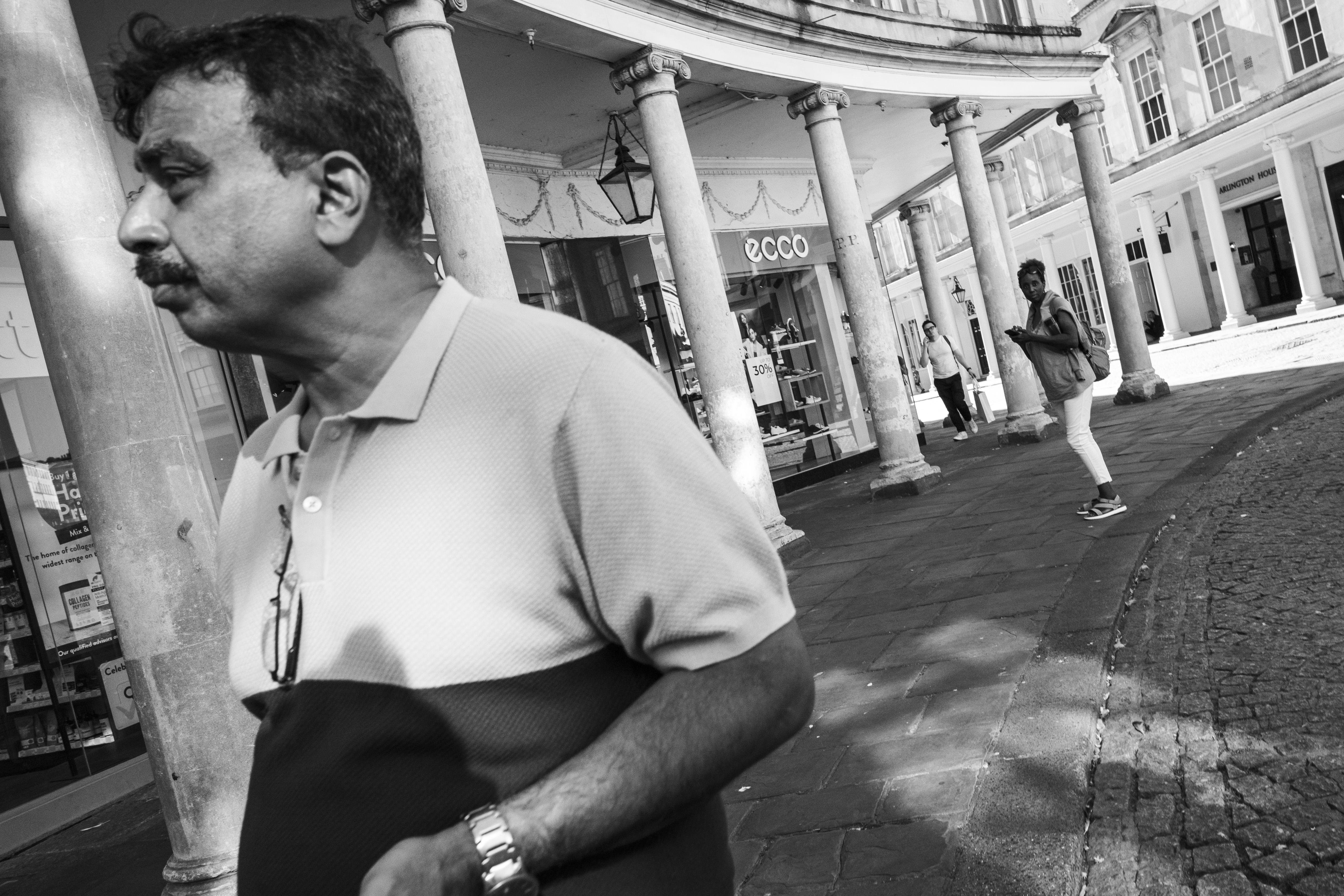

Leica 24mm Summilux-M f/1.4 ASPH Lab results
We run a range of lab tests under controlled conditions, using the Imatest Master testing suite. Photos of test charts are taken across the range of apertures and zooms (where available), then analyzed for sharpness, distortion and chromatic aberrations.
Find out more about: how we test and review on Digital Camera World
We use Imatest SFR (spatial frequency response) charts and analysis software to plot lens resolution at the center of the image frame, corners and mid-point distances, across the range of aperture settings and, with zoom lenses, at four different focal lengths. The tests also measure distortion and color fringing (chromatic aberration).
Sharpness:
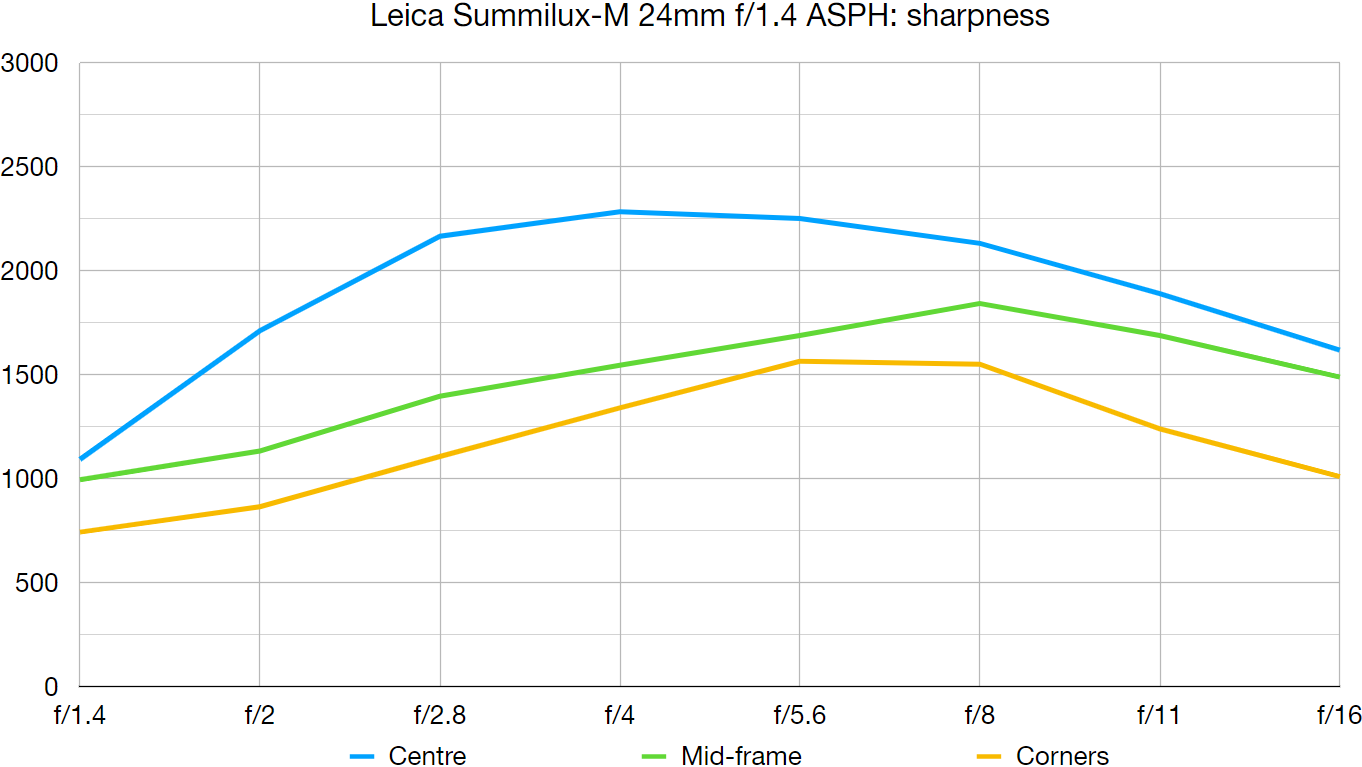
Wide open at f/1.4, center sharpness is on the poor side of average. You need to stop down to f/2.8 to get the best out of this lens, as here center sharpness becomes impressively high, though corner sharpness is still markedly softer.
Fringing:
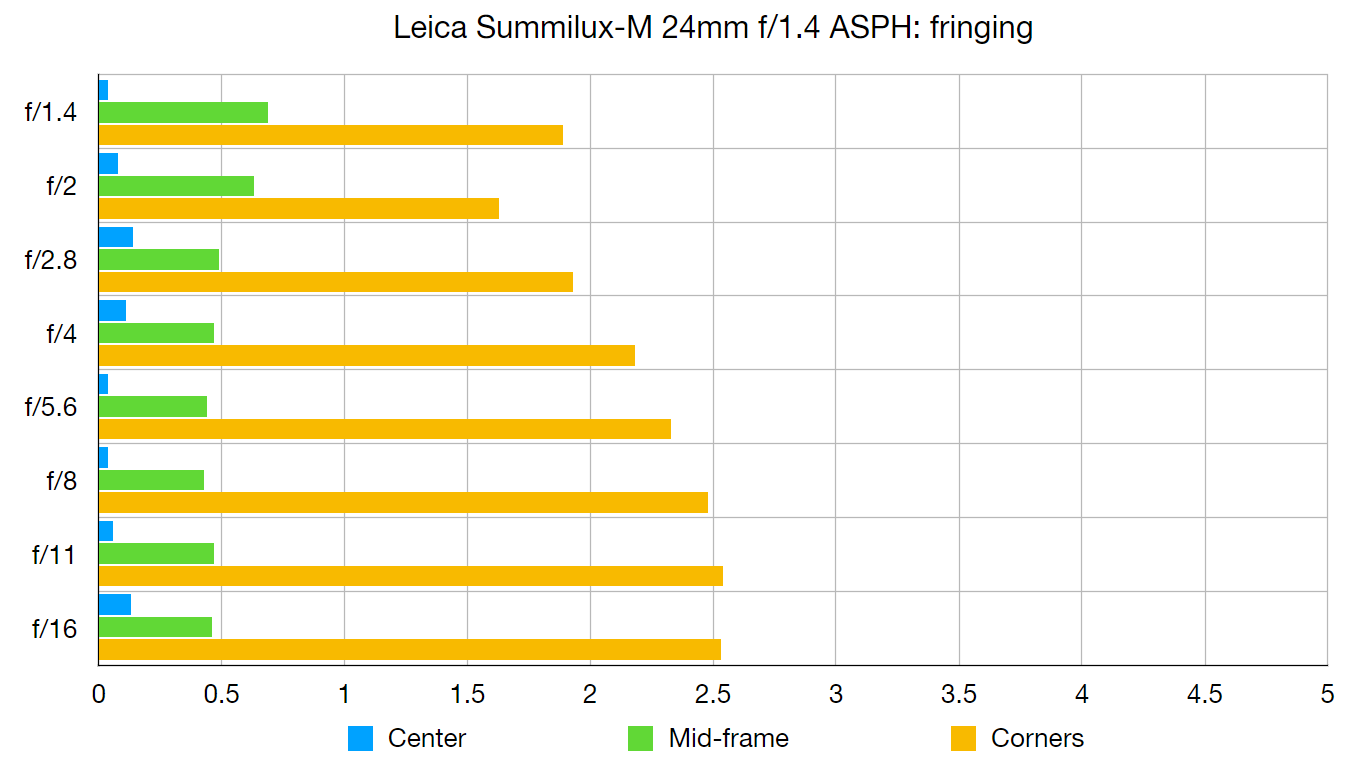
Centre and mid-frame fringing is minimal, but it's at the corners where aberrations are usually most apparent, and that's definitely the case with this lens. Throughout the aperture range you can spot fringing in the corners of frame without needing to look too closely.
Distortion: 1.14
The lens produces a little pincushion distortion, but nothing severe enough to be distracting.
Leica 24mm Summilux-M f/1.4 ASPH Verdict
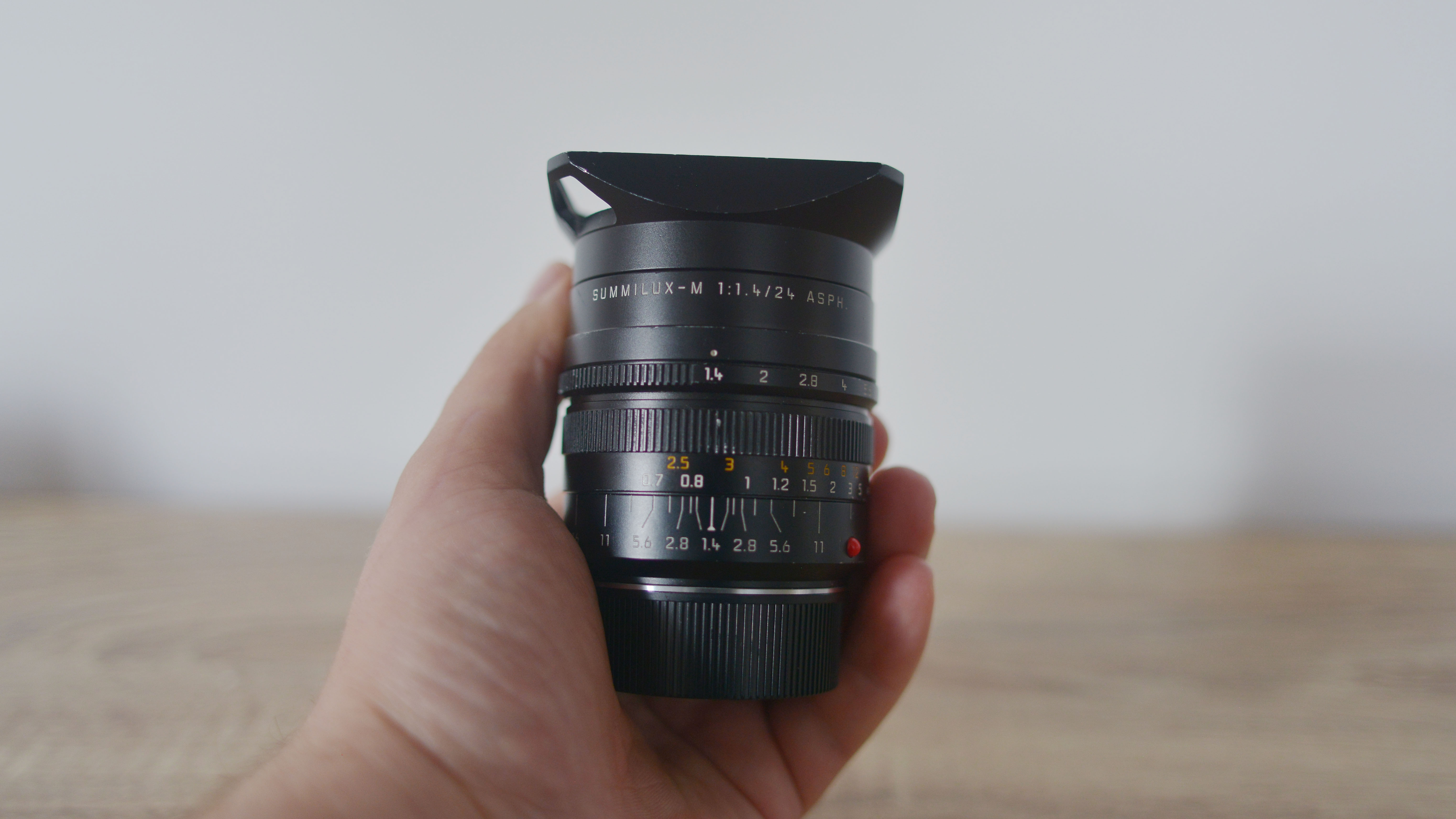
Overall, the Leica 24mm Summilux-M f/1.4 lives up to its legendary status however, there are some caveats when choosing such a lens. The lack of a focus tab being one of them when the rest of the Leica wide-angle lineup features it is a bit of a mystery, yet once you get the hand of focusing normally, with its quarter turn from 0.7-infinity you will be able to achieve critical focus within an instant.
This lens is beautifully built, but it will cost you a fortune. However, if you are looking for this to be your one lens to rule them all, it is a wise investment and can give a unique look to your images.
If you enjoyed this, you might also like:
Leica M11 review
Best Leica M lenses
Leica Q2 Reporter review

For nearly two decades Sebastian's work has been published internationally. Originally specializing in Equestrianism, his visuals have been used by the leading names in the equestrian industry such as The Fédération Equestre Internationale (FEI), The Jockey Club, Horse & Hound, and many more for various advertising campaigns, books, and pre/post-event highlights.
He is a Fellow of the Royal Society of Arts, holds a Foundation Degree in Equitation Science, and holds a Master of Arts in Publishing. He is a member of Nikon NPS and has been a Nikon user since his film days using a Nikon F5. He saw the digital transition with Nikon's D series cameras and is still, to this day, the youngest member to be elected into BEWA, the British Equestrian Writers' Association.
He is familiar with and shows great interest in 35mm, medium, and large-format photography, using products by Leica, Phase One, Hasselblad, Alpa, and Sinar. Sebastian has also used many cinema cameras from Sony, RED, ARRI, and everything in between. He now spends his spare time using his trusted Leica M-E or Leica M2, shooting Street/Documentary photography as he sees it, usually in Black and White.
